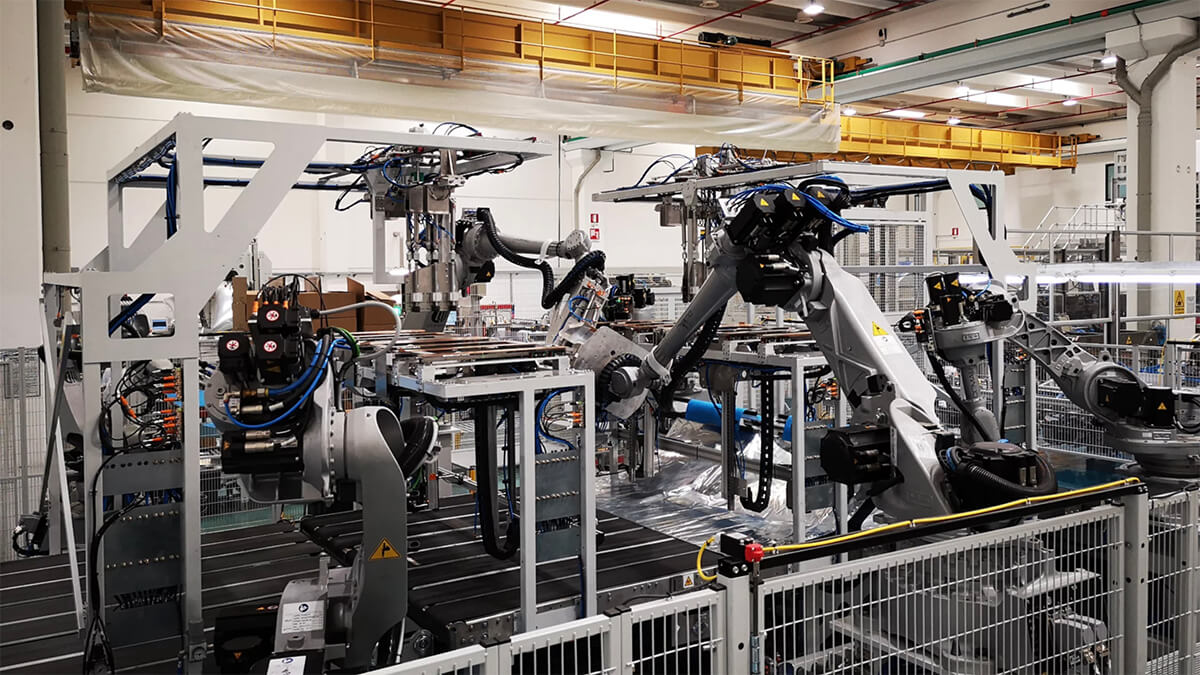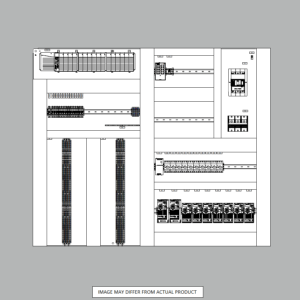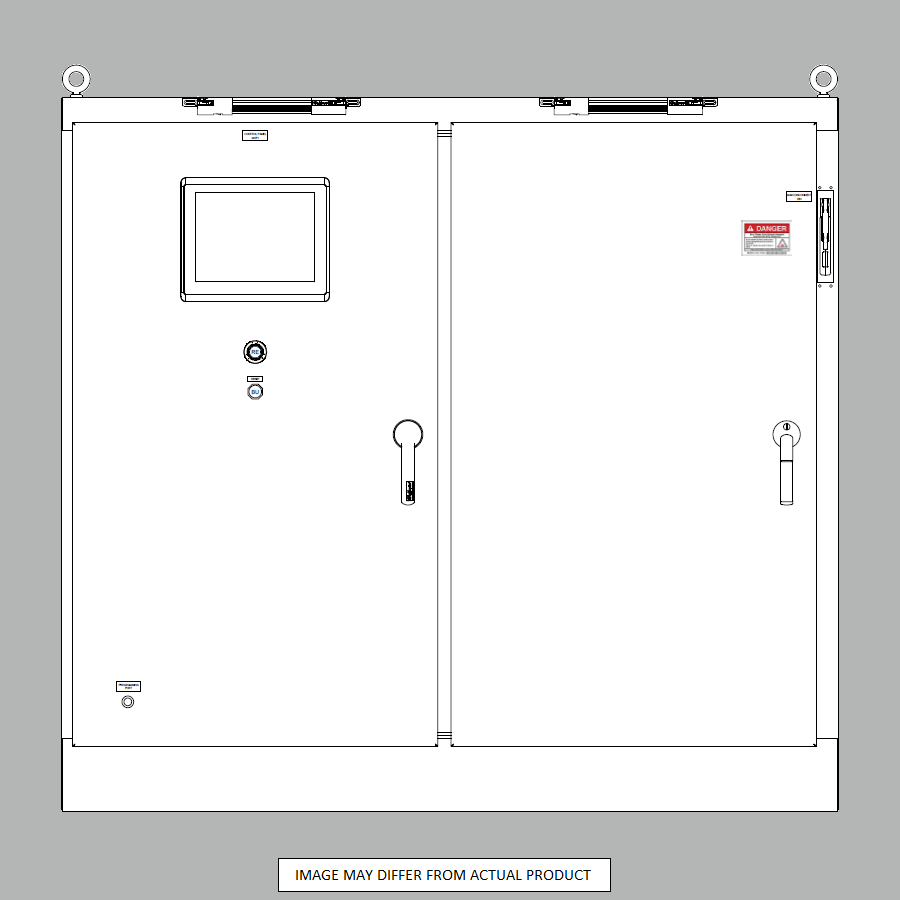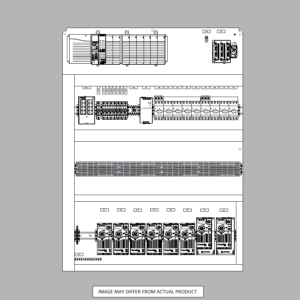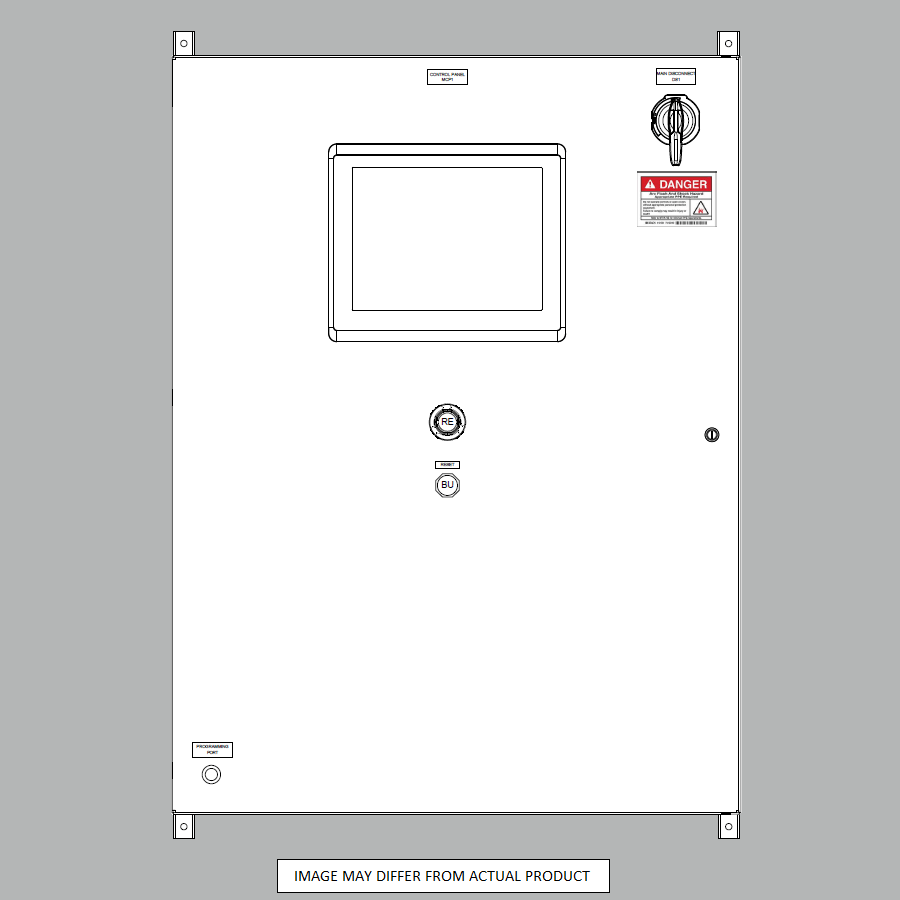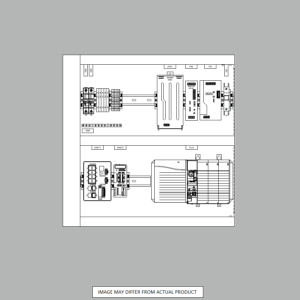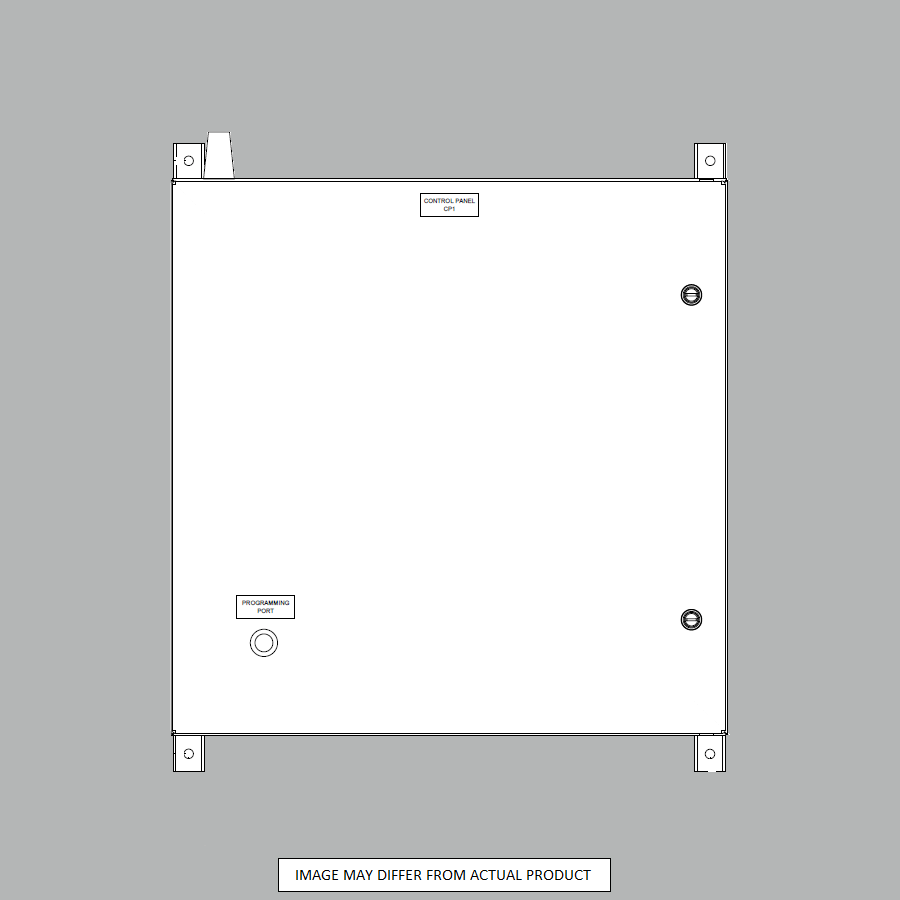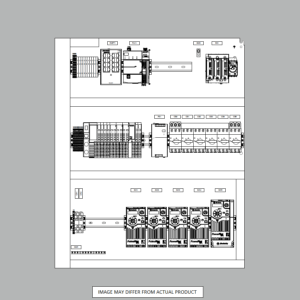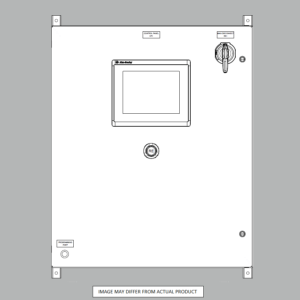Understanding Industrial Automation
Industrial Automation is a big part of today’s modern factories. Imagine using smart technology to make machines do tasks without needing many people. This is what Industrial Automation does! It doesn’t just save time and money but makes the work better too. With this, factories can get ready for the future, work more efficiently, and use their stuff wisely.
In this guide, we will break down what Industrial Automation means, how it helps, and why factories are using it. As automation becomes more common, it’s good to know how it works. By learning about it, businesses can stay current, give their customers what they want, and shine in a world full of competitors.
Grasping Industrial Automation Fundamentals
Industrial Automation is about using advanced technology to make factories run smoothly. Think of it as having computers and robots as helpful assistants that can do various tasks. Because of this technology, we don’t need as many people to run a factory, and tasks are completed with precision, efficiency, and safety.
Here are some perks of using Industrial Automation:
- Cost-Efficiency: Money is saved because fewer workers are needed.
- Accuracy: Machines are spot-on, meaning fewer errors.
- Consistency: Operations run smoothly, ensuring quality.
- Safety Boost: With machines handling complex tasks, workers are safer.
So, in simplest terms, Industrial Automation makes it easier for industries to deliver top-notch results.
A Quick Dive into Two Main Automation Types
When we talk about automation, we mainly refer to two types: process automation and machine automation. They’re part of the same family but serve different purposes. Here’s how they differ.
Process Automation
This is about linking several tasks or steps together to work as one big system. Imagine a factory where every step in making a product, from start to finish, happens automatically.
You’ll find this type of automation in places like car factories, where cars get built step-by-step without much human help. It’s also seen in the IT world, where tasks like organizing data or routine computer jobs are set to run automatically.
Some cool tools that make this happen are systems named Distributed Control Systems (DCS), special software like Business Process Management (BPM), and tools known as Robotic Process Automation (RPA).
Machine Automation
Here, it’s all about giving one machine the power to do its job alone. It’s like teaching a machine to handle its task without always needing a human to guide it.
This is common in scenarios where a specific machine has a job to do. For instance, there are machines that craft specific parts based on computer commands, robots that pick up and move items around in warehouses, and even those self-service checkout counters in supermarkets.
The techy stuff behind this includes devices called Programmable Logic Controllers (PLC), along with sensors (that can detect things) and robot parts designed for the machine’s task. We partner with Allen-Bradley for our PLCs.
So, breaking it down: machine automation is like teaching one machine to work solo, while process automation is more like managing a whole orchestra, making sure every piece plays in harmony. And sometimes, they do team up: a full automated setup can use multiple solo-working machines.
Understanding Industrial Automation Basics
Industrial Automation is how we use new tech to improve the way we make things. Here are the key parts to know:
- Sensors: They’re like the eyes. They pick up details. Examples include photoeyes, proximity sensors, pressure transmitter, and contact switches.
- Actuators: They’re the hands. They do jobs using the details from sensors. Some of these would be control valves, motor controllers, stepper motors, and solenoid valves.
- Control Systems: Think of this as the brain. It gets details from sensors and tells the actuators what jobs to do. A Programmable Logic Controller (PLC) is the industrial computer used here.
- Industrial Networks: This is like a chat system. It helps all the parts talk and work together. Ethernet/IP and Profinet are 2 of the more popular networks available today.
- Human-Machine Interface (HMI): This is a special way people and machines talk to each other. It’s important because it helps them team up and do things better. Resistive and Capacitive type color touchscreens are the most common installed on machines. Processes typically are controlled from HMIs that are embedded in standard common desktop computers.
By learning these parts, you’re on your way to knowing how Industrial Automation makes things better and faster.
Making Industrial Automation Work Well
Picking the Best Tools
Choosing the right automation tools is step one. This means finding good human-machine talk systems, brain-like control setups, talking networks, detail-catching sensors, and task-doing actuators. These parts help people and machines work well together.
Planning and Setting Up
This step is like working on a big puzzle. We need to fit all the parts together in the best way. How the components like PLCs, sensors, and actuators are connected. It minimizes system downtime, optimizes resource usage, and reduces costs. It helps in creating a scalable system, facilitating easy upgrades or modifications based on evolving needs.
Testing Before Starting
Before everything starts working, we need to test it. This is like a practice run. We check everything, from sensors to networks, to make sure it all works right. This includes routine checks on sensors, calibrating actuators, ensuring the stability of networks, and recalibrating control systems as required.
Keep Checking and Updating
Think of automation like a car. Just as cars need check-ups and new parts sometimes, so does automation. It helps everything keep working well and stay modern. Checking and updating ensure industrial automation systems remain reliable and efficient. Regular maintenance reduces downtime by identifying and rectifying faults early. Upgrades leverage advanced technologies for improved performance and productivity. They also enhance system security, compatibility and adaptability, increasing its lifespan and return on investment.
Train Your People
A great system needs great people. Everyone should know how to use, take care of, and get the best from the system. Training helps everyone do their jobs better with these new tools. Equip them with the knowledge to understand, maintain, troubleshoot, and optimize this complex system, ensuring increased productivity, reliability, and overall success.
Remember, the right steps and focus can make industrial automation a big win for everyone.
How Machines are Changing Factories and What’s Coming Next?
Machines and tech are helping factories do things better and faster. Here’s how it works:
- Picking the Best Tools: Every factory is different, so we need to find the right automation tools that suit each one.
- Making a Game Plan: Once we have the tools, we need a smart plan to put them to work.
- Doing a Practice Run: Before we go all-in, we need to test the new tools. This helps make sure everything’s good to go.
- Regular Check-ins and New Stuff: Just like keeping our phones updated, we need to keep our factory tools fresh and in top shape.
- Teaching the Team: It’s super important that everyone knows how to use the new stuff. When they do, everything runs smoother and faster.
Looking ahead, factories will get even smarter with new tech. The ones that use it best will shine and do really well.
About Automation Ready Panels
At Automation Ready Panels, we are here for your electrical control panel and automation needs. That includes industrial automations and process automations.
We’re experts in creating top-notch, ready-to-use control panels. Our know-how ensures that even the biggest and most advanced panels are made quickly and with the best technology. We take pride in our quality of work and working ethics.
Why choose Automation Ready Panels?
- We’re problem solvers: We listen to our customers’ challenges and design our products to tackle them head-on. With over 20 years in the business, we’ve supported various industries, from machine creators to big factories.
- Quick setup: We provide pre-configured network switches, drives, basic HMI programming, and PLC logic. This means you can get your machinery running faster and smoother.
- Quality is our priority: At every stage of making our panels, we double-check our work. This ensures fewer mistakes and consistently high-standard panels.
- Tested for perfection: Before sending them out, we check each panel’s electrical and software features. We make sure everything from the voltage to the software works just right.
Ready to Automate? Shop Now or talk to us today.
-
Large Process Automation: Panelview 5000, ControlLogix 5580
$24,073.00 Select options -
Small Process Automation: Panelview 5000, ControlLogix 5580
$20,321.00 Select options -
Small Process Automation: ControlLogix 5580, UPS Battery Backup, Cellular Modem
$18,999.00 Select options -
Advanced Automation: Panelview 5000, Safety CompactLogix 5380
$10,269.00 Select options

